
The Canon 5D Mark IV was supposed to be my 8th Canon camera. I have owned the 5D Mark 1, 2, and 3 in the past. My tryst with Canon started back in December of 2005, when I broke the bank to buy my first ever DSLR. I was in my early 20s, with very little money but with a lot of passion. I ended up with a Canon 350D only because the dealer pushed me to buy it. Else I would have been a Nikon guy today.
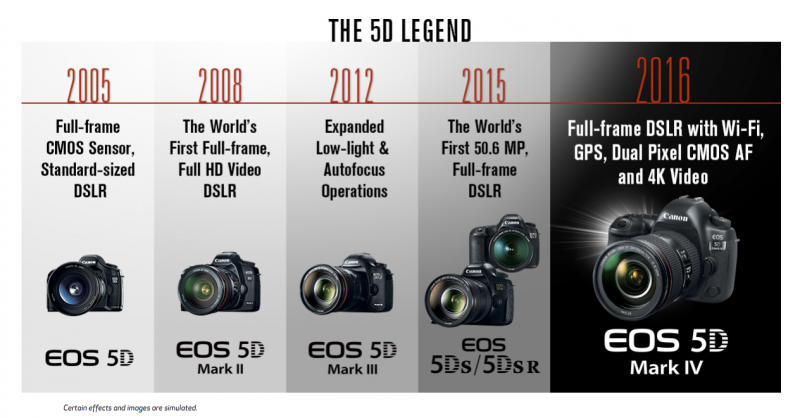
Over the years, Canon has drawn a lot of flak. The latest Canon cameras that were announced in Photokina 2016 are not on par with what is already in the market. The new M5 mirrorless and the latest full frame body, the Canon 5D Mark IV, are both missing some very important features that are available in other brands. Like many of my Canon brethren, I was in denial about the poor dynamic range of the 5D Mark III until recently.
I used the 5D Mark III for three solid years, during which it served me well. In that period I also experimented with several other brands of mirrorless cameras – only to go back to my Canon (more on that below). So an upgrade to the 5D Mark IV would have been the most natural progression.
Based on my extensive study of the 5D Mark IV reactions on the internet, these are some observations:
- Pricing. Canon’s pricing of the 5D Mark IV is very discouraging. The Sony A7r II which has an edge in terms of megapixels and 4k video capabilities, costs almost the same. The Sony A7r II easily takes lenses from Canon and Nikon using adapters, thus giving it better resale value (can be purchased by both Canon and Nikon users). The Nikon 810, which has better image quality than the 5D Mark IV at base ISO, costs lesser. When the D810’s successor comes out, it will surely catch up with the competition, kicking the 5D Mark IV’s resale value further down. Canon should have played the price game to give people a reason to upgrade.
- Missing features. A tilting screen, focus peaking, built-in long exposure control, built-in ND filter are some of the features that should have been introduced in what Canon wants us to believe is a stills-focused camera.
- Size and weight. While I have no complaints about the ergonomics of Canon cameras, the 5D Mark IV, with its comparatively limited feature set, could have well been a 6D Mark II. The trend now a days is use smaller and lighter gear. Savings in size and weight would have been an incentive to instantly upgrade.
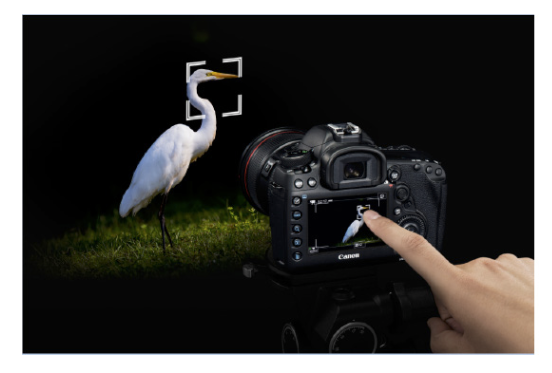 These are not rants about the features that are actually available in the 5D Mark IV. Everyone who has used the touch screen and dual pixel AF only has nice things to say about it. Canon is a company that so many professionals trust because the features they actually implement all mostly work as expected. The same cannot be said about a few other companies that release frequent updates to their camera but with poorly implemented features.
These are not rants about the features that are actually available in the 5D Mark IV. Everyone who has used the touch screen and dual pixel AF only has nice things to say about it. Canon is a company that so many professionals trust because the features they actually implement all mostly work as expected. The same cannot be said about a few other companies that release frequent updates to their camera but with poorly implemented features.
When I owned the 5D Mark III I tried out mirrorless cameras from other brands to see which one would serve me as a lighter and smaller secondary body. Read on to know about my experience with Sony, Fuji and Olympus mirrorless systems.
Sony α7 II E-mount Camera with Full Frame Sensor (ILCE-7M2)
The Sony A7 series is the strongest competitor to Canon and Nikon. Landscape photographers can’t help but fall in love with the increased dynamic range, generous resolution, small size, and the nifty features such as a tilting screen in Sony cameras.
Within a month of getting my Canon 5D Mark III three years ago, I realised that the dynamic range was not exactly the best. But back then, apart from the Nikon D600, there wasn’t much choice for a landscape photographer in the prosumer market. A lot of things changed. The D800 and D810 have set new benchmarks with respect to dynamic range. When Sony released their A7 series, they which showed the world that you can pack a lot of punch in a small body.
I purchased a A7 II because I did not need the video capabilities of the A7s II and the A7r II. The other two flavours of the A7 series were also not easily available in the Indian second hand market. Make no mistake – I loved everything about the 5D Mark III except its inability to capture the dynamic range of a scene like modern cameras do.
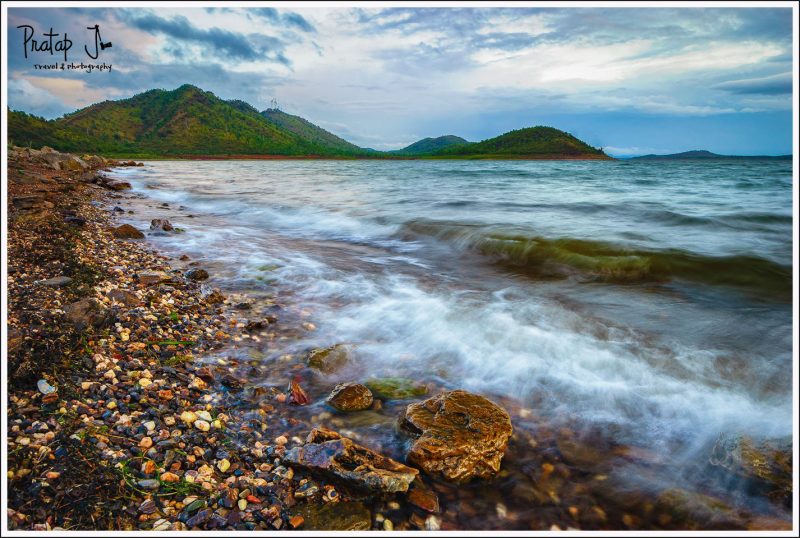
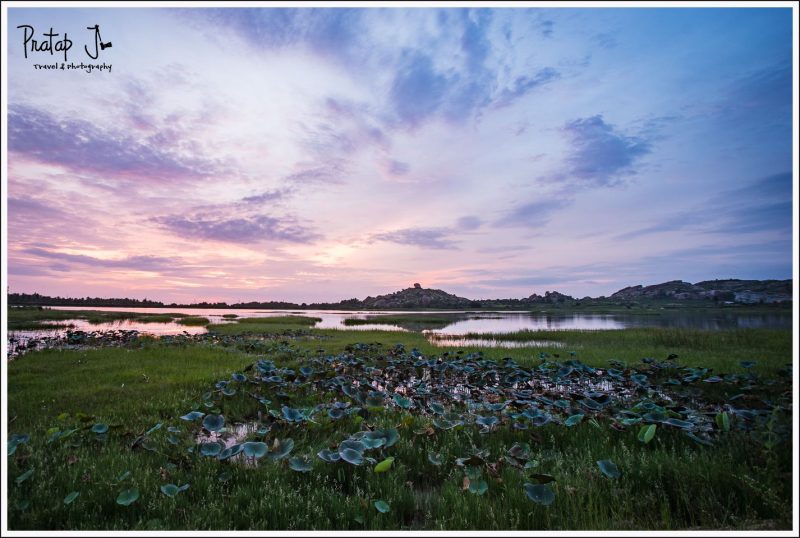
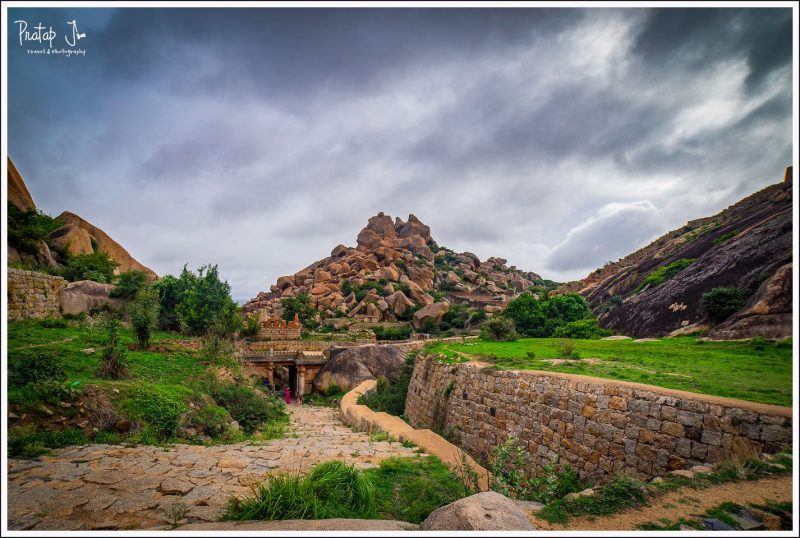
The Sony A7II’s 24mp sensor lived up to my expectations. I was able to recover details from blown out highlights and get clean shadow details in under exposed areas. This would have been impossible to do from a 5D Mark III RAW file. I purchased a Fotodiox adapter which allowed me to use my Canon lenses. It was a good adapter – allowed aperture control in the camera and fairly accurate auto focus.
But I sold the camera after three months. Why?
- Weight. The Sony A7II offered no real weight advantage. It was only a few grams lighter than the Canon 5D Mark III. My camera bag did not see any real weight reduction.
- Battery life. The battery life sucked big time. Carrying extra batteries meant more weight thus defeating the idea of having a smaller, lightweight camera.
- Ease of Use. The menu and button system in the Sony A7II made my head hurt. This camera is HIGHLY, and I say it with all my technology background, HIGHLY difficult to use. The grouping of menu options is non-sensical. Small things like having to use the click-less to access the histogram bugged me. After a wrong gesture on the wheel, getting back to the main screen was a convoluted process. The hyper-sensitive eye-sensor was irritating. The camera did not balance well with full frame Canon lenses. These are all well documented weaknesses of Sony cameras. Owning cameras from two different brands made it all the more difficult to get used to Sony’s way of doing things.
- LCD. The LCD screen to review photos on the back of the camera was pathetic. It did not give me an accurate representation of the image. The screen does not respond automatically to ambient light, so you cannot check exposure by just looking at the image (which I could do fairly accurately on my Canons).
- Performance. The camera was slow to start up. I could have lived with that. But the camera always took ages to write RAW files to the card. As a result, photos were not ready for preview immediately. This was highly frustrating because I came from a system where everything was near instant.
- Dust. Amongst the other two mirrorless cameras that I had used, this one attracted the most dust on the sensor. Maybe because of the adapter. The jury is still out on how weatherproof these mirrorless cameras are.
- Lens Options. Sony’s road map for lenses is as confusing as their cameras. A mount, E mount, Full Frame E Mount – you need a PhD in their mount system before you can buy a lens. I almost thought they had a 16-35 f/2.8 lens until I realized that it is for their A mount. You need an adapter for the A mount lenses to work on the Full Frame E Mount. With the adapter, the camera is no longer light or portable. The recently announced Sony α99 II has same great technology in it, and is what the Canon 5D Mark IV should have been. But it comes in the A mount which even the Sony fanboys thought was dead. So everyone is confused.
- Acquisition Cost. Lenses for the Full Frame E Mount are expensive. For example, the Planar T* FE 50mm F1.4 ZA costs One lakh Twenty Thousand.
To its credit, the sensor on the Sony A7II was highly evolved compared to my Canon 5D Mark III. It produced very good images. It was also the most compatible with my Canon lenses. Some of the built in apps were quite cool (although you had to pay and buy them – only to realize that they are slow and clunky).
Update: In Oct 2016, I finally purchased a Sony A7R II. This is my primary camera and it works wonderfully for landscape photography – the only genre I am shooting these days. The Sony A7RII is a lot better than the Sony A7II in a lot of areas. By virtue of the fact that I have only one system now, I have gotten used to the quirkiness of Sony’s menu system. And the rest of the issues inherent to the Sony system, I am just putting up with.
Fujifilm X-E2
I had been hearing a lot of good things about Fuji cameras for a while. Before I owned the Sony, I purchased the Fuji XE-2 as a secondary camera.
I have to congratulate Fujifilm’s marketing department for roping in some very popular online photographers to talk about their cameras. From David Hobby, to Zack Arias to David DuChemin – everyone seems to be in love with Fuji. After using the XE-2, I have to say, I enjoyed this camera too. I got it with 2 lenses. The Fujifilm XF 18-55mm f/2.8-4 R LM OIS Zoom kit lens and the Fujifilm 35mm f/1.4 XF R Lens. I later purchased a Samyang 12mm f/2.0 NCS CS which is also a top notch lens.
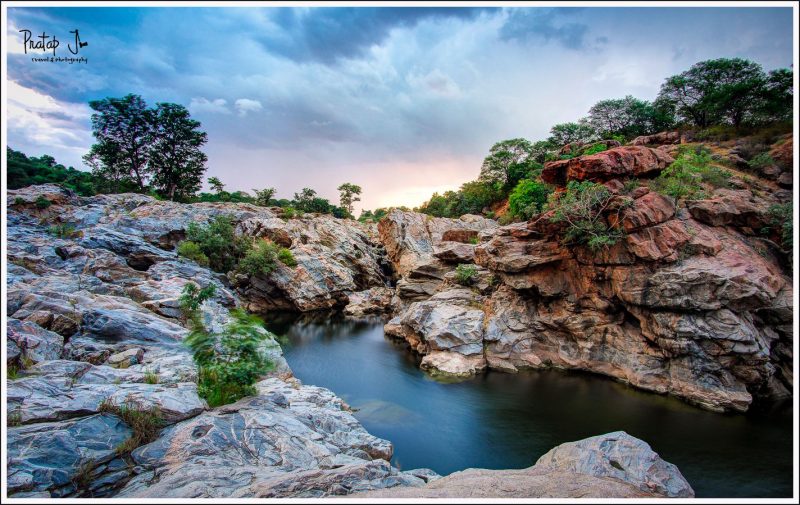

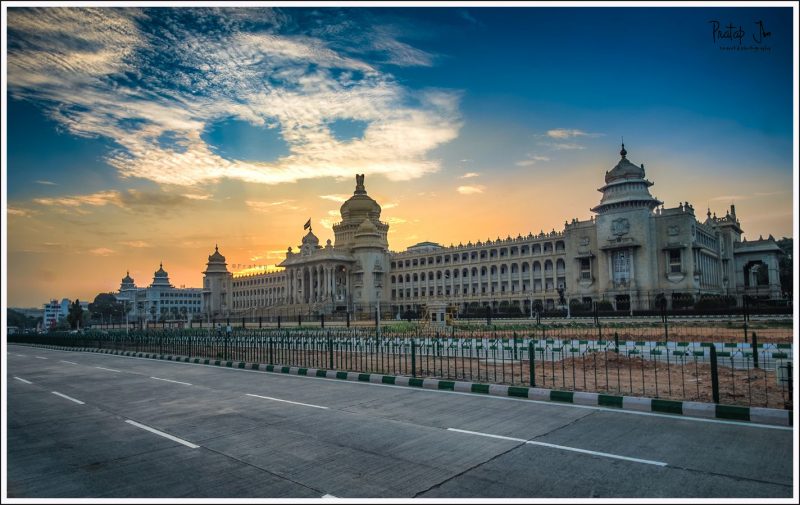
The kit lens was as good as any pro lens. With a wide aperture of f/2.8, and decent zoom, this is how all kit lenses must be made. But it developed a minor problem and required servicing. When I contacted Fujifilm’s service centre in Bangalore, I discovered that their after sales support in India sucks. The staff were incompetent and rude. They never missed a chance to reiterate that the Bangalore centre was only a collection and forwarding office. The main service centre was in Mumbai.
I did not hear from them for almost two months after I gave my lens for service. Yes, two months to repair a lens. After several escalations, I got my lens back from servicing (I had to pay around 7500 INR for service). I hated having to talk to the service centre staff in Bangalore. They lacked basic courtesy and did not care one bit about the delay. The excuse was always that they were not directly responsible for the service.
After a few months, my XE-2 body failed. One day it just did not turn on. Reluctantly, I went to the same service centre once again. After a long delay, they gave me a quote of Rs 35,000/- to repair the camera. I declined and had it repaired in Singapore for half the price. I even sold it there with a sense of both relief and disappointment. I loved the Fujifilm XE-2. The X Trans CMOS sensor produces really sharp images which works great for landscapes too. Too bad that Fujifilm is not able to get their act together in India.
Olympus OM-D E-M5
My first mirrorless camera was a used Olympus OMD EM5 micro four third camera. I loved the size. I loved how I could carry it with me everywhere. I even, for the first time, bought a very small bag for it.
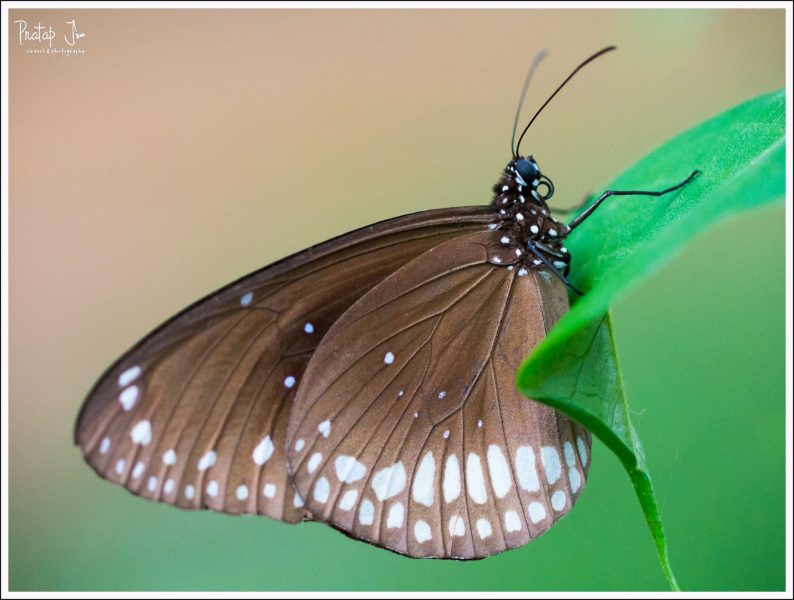
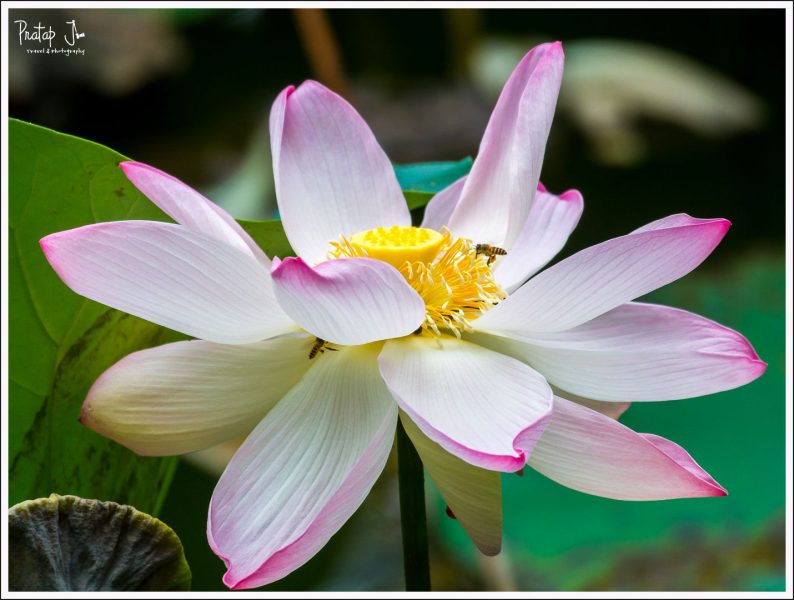
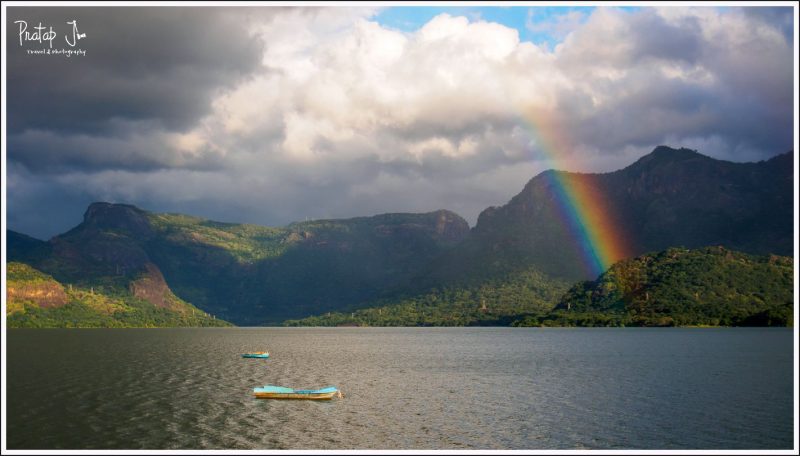
But after a very short time with the camera, the honeymoon was over. The following things about the camera started bugging me.
- The camera was slow to start up. It was even slower to respond from auto-switch off.
- I was stuck with only 1 lens. I could not find other micro four third lenses in India.
- I bought an adapter to use my Canon lenses with the Olympus. But it never felt right. The adapter did not allow me to change aperture and the weight distribution between the camera and lens was bad.
- Although I knew what to expect, the noise in the high ISO photos were getting to me. The kit lens which I had (Olympus M.ZUIKO ED 12-50mm f/3.5-6.3 EZ Micro 4/3 Lens) was slow. Hate to admit, but even I fell for positive reviews online until I experienced its lack of sharpness myself.
The last nail in the coffin for the Olympus was the 16 mp micro four third sensor. After a trip to the Himalayas, I realised that the landscape images from this camera just did not cut in. I sold the camera with great difficulty (no one wanted it!).
Lessons I Learnt from Using Mirrorless Cameras
It is difficult to make sense of the information on the internet now a days. From paid marketing to perpetual whiners, there is hardly a sane voice out there. Rental houses in Bangalore don’t have much choice apart from Canon, Nikon, and now Sony. I had to learn my lessons the hard way. So after having bought and sold all this gear (and losing money in the process), what are my takeaways?
- When you buy a second body from a different manufacturer, don’t forget about the lenses! I foolishly thought that I can use my Canon lens with my Fuji and Olympus bodies. Being crop sensor cameras, that did not work for me. Also, Fuji ‘cooks’ its RAW files to taste, so lenses from other brands don’t play well.
- Take into consideration the acquisition costs. Most lenses from non-CaNikon brands are expensive when it comes to lenses. Maybe that is the strategy – make cameras that compete on price with the CaNikons, but make the lenses expensive.
- It is difficult to find lenses in the second hand market in India for these new brands.
- A lot of good lenses made by third party companies seldom make it to India. You have to buy them abroad. This makes the proposition of buying mirrorless cameras less attractive.
- Don’t take after sales support for granted. There are very few technicians who repair cameras and lenses in Bangalore. I did try to get my Fuji repaired outside of their service centre, but was told that getting spare parts is next to impossible.
- Don’t believe the weight and size advantage till you have tried it for yourself.
- Just because a new camera’s specs sheet does not have features comparable to other brands does not mean that it cannot take good images. Buy a camera which suits YOUR needs.
Dynamic range is not the be all and end all of a camera although for a landscape photographer like me, it is paramount. The 5D Mark IV excels in almost all other areas such as focussing, color rendition, after sales support, lens choices and the like. I have been considering shifting to Nikon, but my investment in Canon lenses is holding me back. But looking at how the camera industry is transforming, the question still remains – should I buy a Canon 5D Mark IV or jump ship!
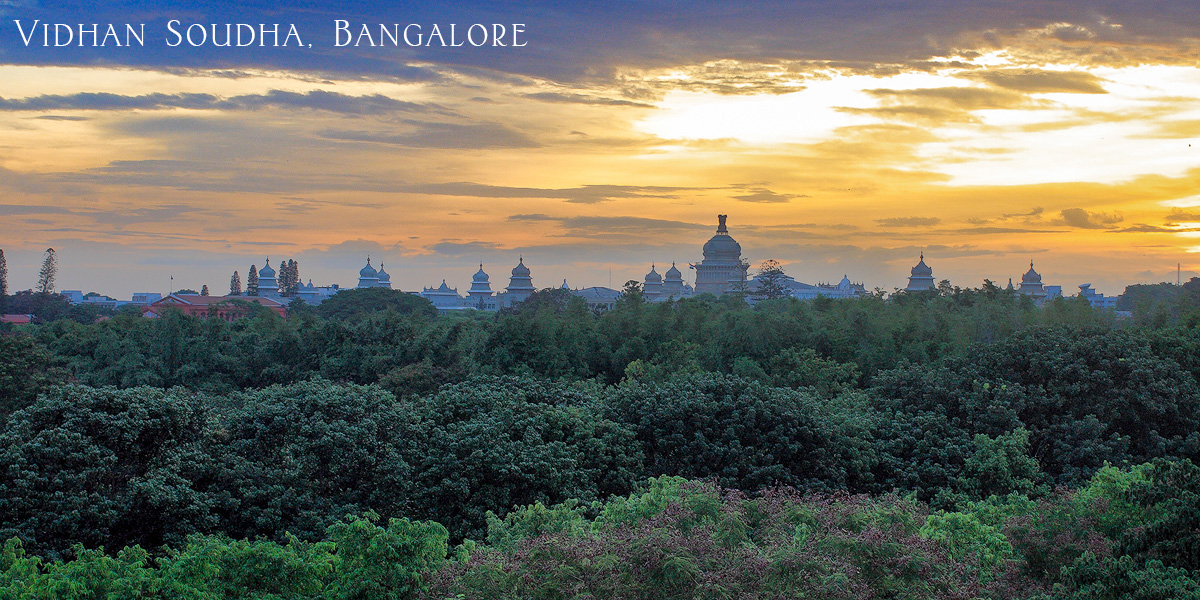
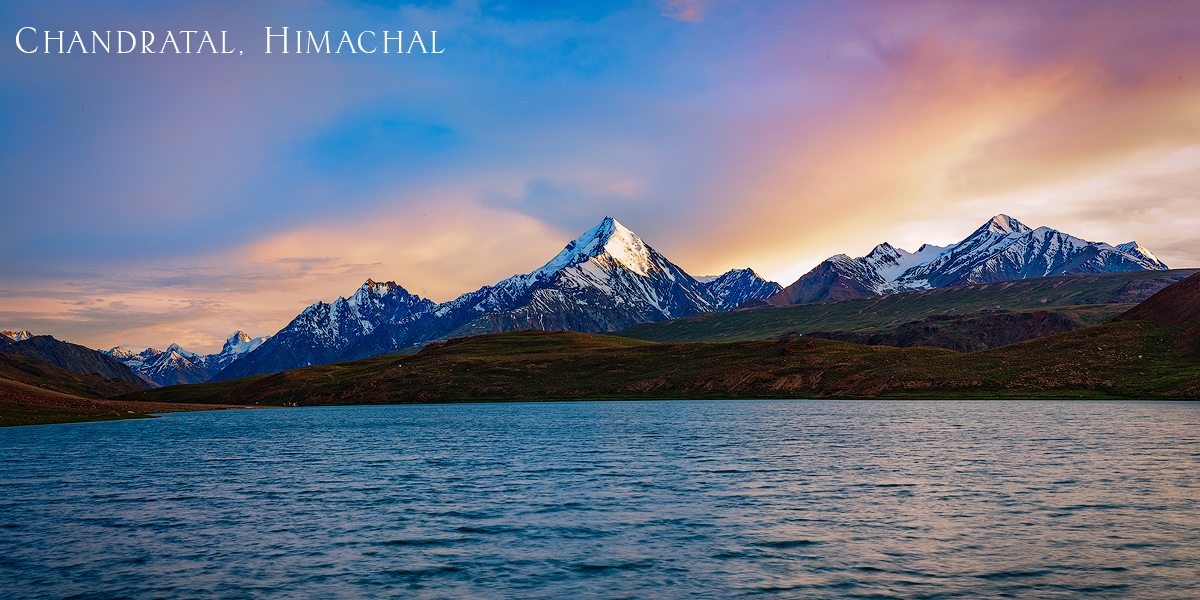
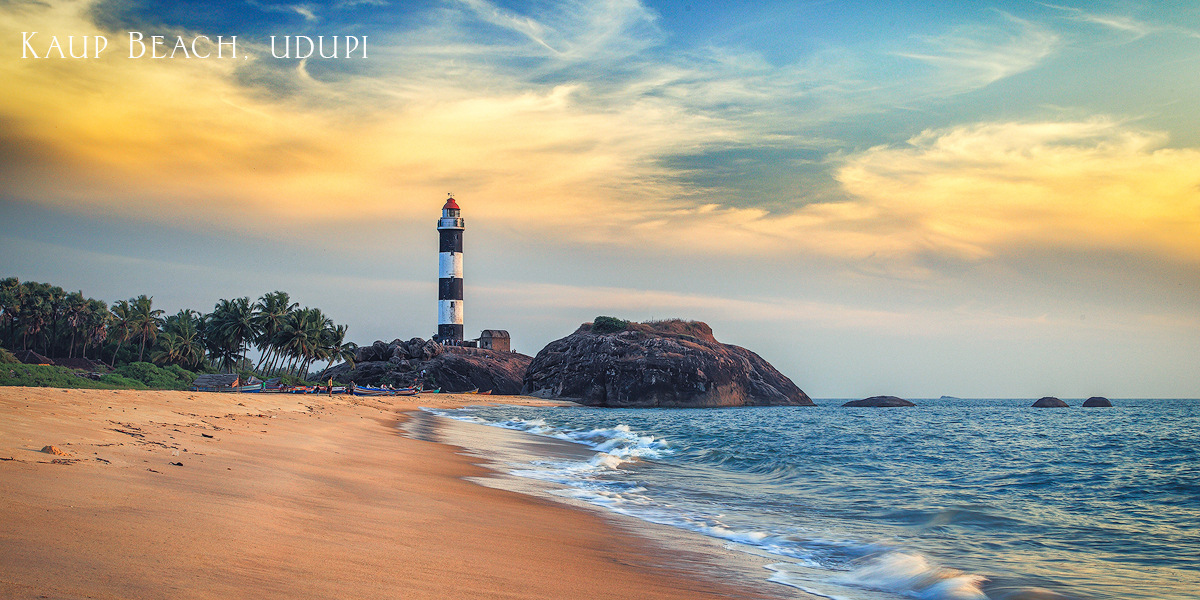
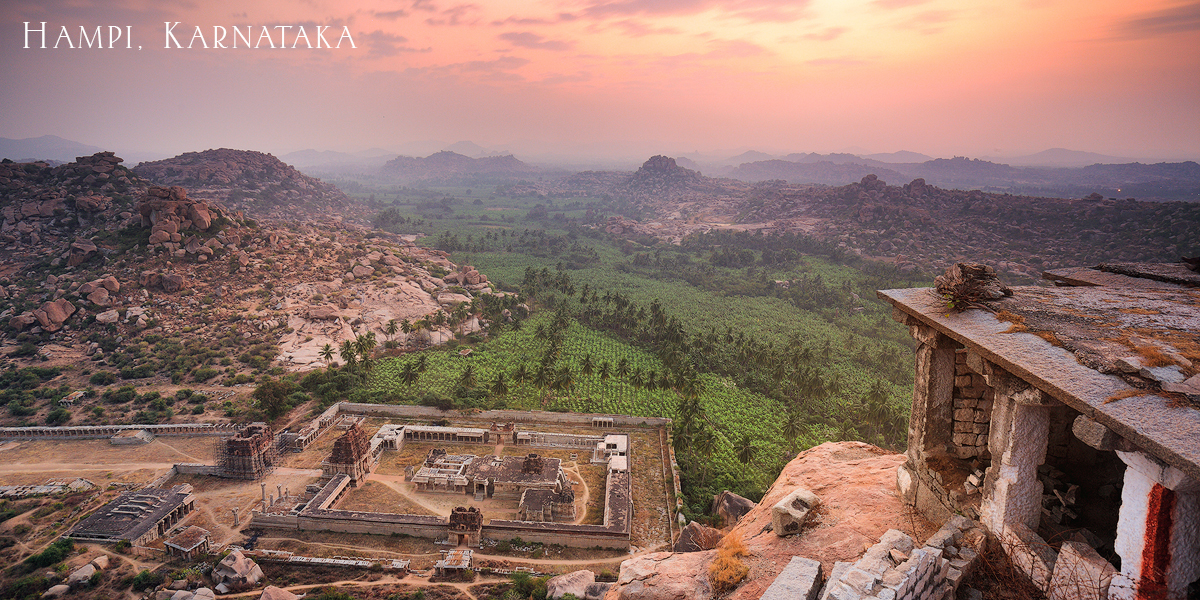
12 Comments
great experienced writing as always; why do you not shift to nikon for wide DR (I use both d7000 & d810) ?
I have a lot of investment in Canon lenses. It is not easy to shift brands easily, without incurring a huge loss.
that’s true
how do you manage your finances to invest on all this gears? as Technology changes from one to another in lighting speed !!!
I make sacrifices to finance my gear purchases :). I also earn money through photography by conducting tours, workshops, and doing assignments.
This content is really interesting. I have bookmarked it.
Do you allow guest posting on your page ? I can write hi quality
posts for you. Let me know.
Thanks. I don’t publish guest posts as of now.
We recently featured a photographer who uses Canon 5D MarkIV his photographs were really good. Have a look https://youtu.be/XBH6lEITnsA
i have an Mark III
AND nOW iTS FOCUS is not working yet
plzzzz help me
is there any solution
Please contact Canon India. http://www.canon.co.in/home?languageCode=EN
I am canonist , i have 1dx m2 body but it’s little bit heavy for macro photography.. May i go for 5dmark 4 for macro . I got canon macro100L . . Thx
The 6D Mark II with an articulating screen might be a better camera for macro photography.